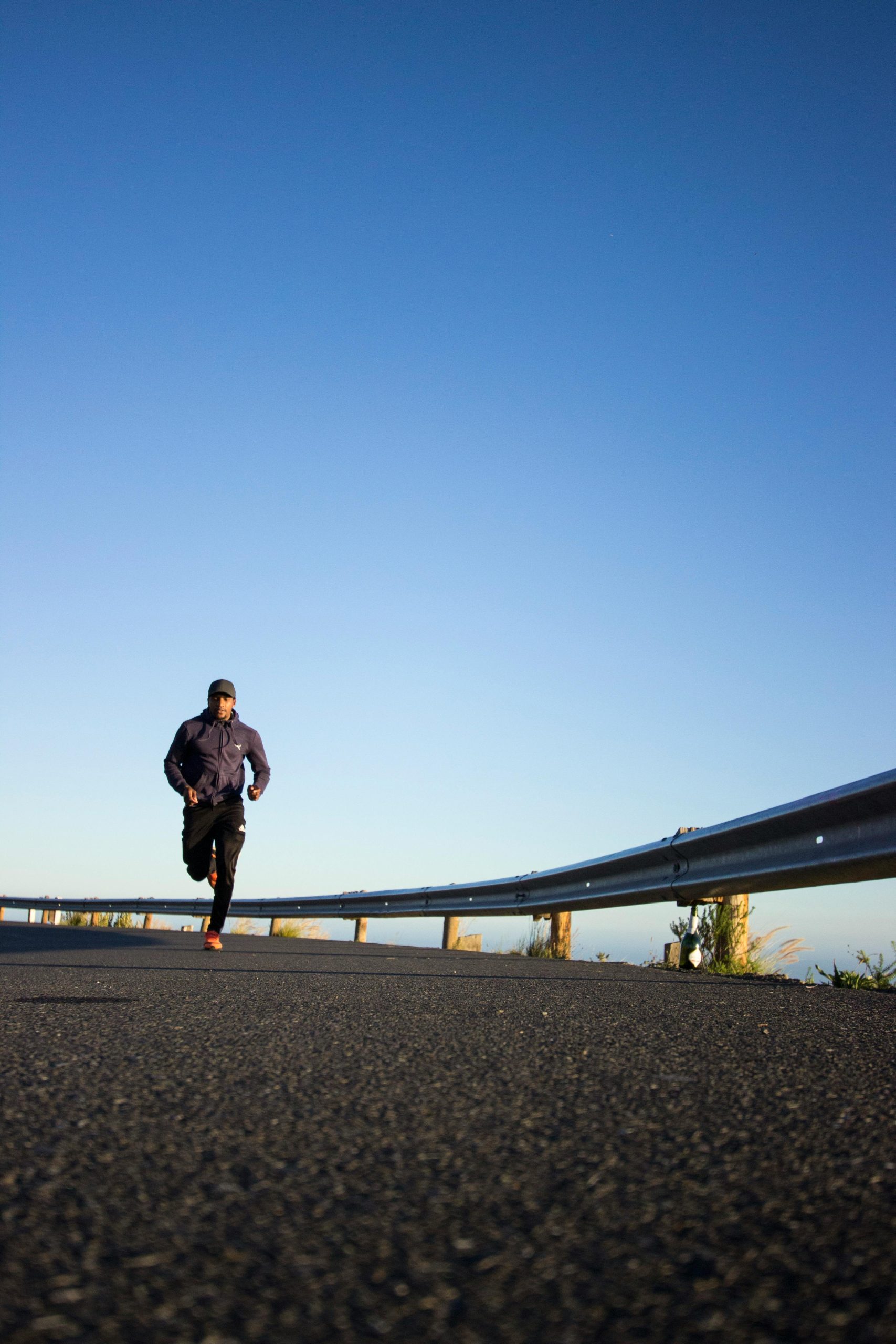 Running is an excellent way to maintain an active lifestyle and enhance general health. But overextending yourself or ignoring form can result in common ailments. This will prevent you from training. This article empowers runners of all levels to prioritize injury prevention. In addition, it will aid you in your recovery from running injuries. It will explore techniques to optimize your running stride for better efficiency.
Running is an excellent way to maintain an active lifestyle and enhance general health. But overextending yourself or ignoring form can result in common ailments. This will prevent you from training. This article empowers runners of all levels to prioritize injury prevention. In addition, it will aid you in your recovery from running injuries. It will explore techniques to optimize your running stride for better efficiency.
Confronting Common Running Foes:
- Runner’s Knee (Patellofemoral Pain Syndrome): This pain around the kneecap often arises from repetitive stress on the kneecap and surrounding tissues.
- Shin Splints: Pain along the inner shinbone is caused by inflammation of the muscles and connective tissues.
- Achilles Tendinitis: Sudden increases in exercise intensity may result in inflammation of the Achilles tendon, which is situated near the rear of the heel.
- Plantar Fasciitis: Sharp pain in the heel can be caused by inflammation of the plantar fascia, the tissue that runs along the sole of the foot.
Prevention is Key:
- Listen to Your Body: Pay attention to any discomfort or pain. When necessary, take rest days and never ignore warning indicators.
- Gradual Progression: Gradually increase your running distance and intensity to allow your body to adapt.
- Strengthening Exercises: Regularly incorporate exercises that target core muscles, glutes, and hamstrings to improve stability and support your running form.
- Proper Running Form: Focus on proper form with good posture, midfoot strike, and relaxed arm swing to reduce stress on your joints.
- Invest in Quality Shoes: Choose running-specific shoes that fit properly, and replace them frequently to keep the right amount of support and cushioning.
Self-Care for Speedy Recovery:
- RICE (Rest, Ice, Compression, Elevation): Immediately following an injury, implement the RICE principle to reduce inflammation and promote healing.
- Stretching and Massage: Regularly stretching and self-massage can help improve flexibility and reduce muscle tension.
- Cross-Training: To stay healthy while waiting for your injury to heal, try low-impact exercises like swimming or cycling during your recovery.
Seeking Professional Guidance:
While self-care measures can be helpful, consulting a healthcare professional is crucial for proper diagnosis and treatment of running injuries. They can assess the severity of your injury, recommend a personalized rehabilitation plan, and advise on safe training practices to prevent future issues.
Optimizing Your Stride:
- Posture: Keep your shoulders relaxed and your core engaged while maintaining a tall stance. Avoid hunching or leaning forward excessively.
- Foot Strike: When striking with the ball of your foot first, aim for a midfoot strike. (During a midfoot strike, the outer edge of the middle of your foot makes contact with the ground first.) This helps distribute impact forces evenly.
- Arm Swing: Maintain a 90-degree bend in your arms and swing them naturally back and forth by your sides. Avoid excessive arm swing.
- Stride Length: Maintain a natural stride length and avoid overstriding, which can place excessive stress on your joints.
Remember: Consulting a qualified running coach or physical therapist can provide personalized guidance on optimizing your running form and addressing any lingering form inefficiencies.
By prioritizing injury prevention, implementing self-care techniques, and seeking professional help when needed, runners can effectively manage the risks associated with running and enjoy a lifetime of healthy miles.
Always consult a doctor when you are injured.


Leave a Reply